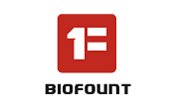
-
神经末梢荧光探针
NMR and HPLC COA下载 MSDS下载 - Names:
SynaptoGreen C4,神经末梢荧光探针
- CAS号:
MDL Number: MFCD00467815 - MF(分子式): C30H49Br2N3 MW(分子量): 611.54
- EINECS: Reaxys Number:
- Pubchem ID: Brand:BIOFOUNT
| 货品编码 | 规格 | 纯度 | 价格 (¥) | 现价(¥) | 特价(¥) | 库存描述 | 数量 | 总计 (¥) |
|---|---|---|---|---|---|---|---|---|
| HCQ001061-20mg | 20mg | 98% | ¥ 11500.00 | ¥ 11500.00 | 1-2days | ¥ 0.00 | ||
| HCQ001061-5mg | 5mg | 98% | ¥ 4500.00 | ¥ 4500.00 | 1-2days | ¥ 0.00 | ||
| HCQ001061-1mg | 1mg | 98% | ¥ 1350.00 | ¥ 1350.00 | 1-2days | ¥ 0.00 |
| 中文别名 | FM1-43, N-(3-triethylammoniumpropyl) -4-(4-(dibutylamino)styryl) pyridinium dibromide, Pyridinium, 4-[2-[4-(dibutylamino)phenyl]ethenyl]- 1-[3-(triethylammonio)propyl]- , dibromide |
| 英文别名 | NeurotransGreen C |
| CAS号 | |
| Inchi | 1S/C30H49N3.2BrH/c1-6-11-23-32(24-12-7-2)30-18-16-28(17-19-30)14-15-29-20-25-31(26-21-29)22-13-27-33(8-3,9-4)10-5;;/h14-21,25-26H,6-13,22-24,27H2,1-5H3;2*1H/q+2;;/p-2 |
| InchiKey | VZUVCAGXYLMFEC-UHFFFAOYSA-L |
| 分子式 Molecular Weight | C30H49Br2N3 |
| 分子量 Formula | 611.54 |
| 溶解度Solubility | DMSO: soluble H2O: soluble |
| 性状 | 深红色固特粉末,应用设备:荧光显微镜 |
| 储藏条件 Storage conditions | 存储条件:-20°C,避光,避湿 |
SynaptoGreen C4 神经末梢荧光探针 应用:
※ SynaptoGreen C4已用于标记EM网格上生长的培养神经元,适用于荧光标记、活体光学显微镜和成像研究等。
※ 一种适合于在突触和神经肌肉接头处监测突触活动的荧光神经末梢染料
SynaptoGreen C4注意事项:
※ 保存和操作过程中注意避光
※ 在水溶液中基本无荧光,最大发射波长具pH依赖性。苯乙烯染料的光谱特征在甲醇或氯仿中测定。其在膜环境中的最大激发和最大发射波长都会变短。最大激发波长的差异通常在20nm,发射波长的差异通常是80nm,但依具体的探针有所差异。
荧光光谱
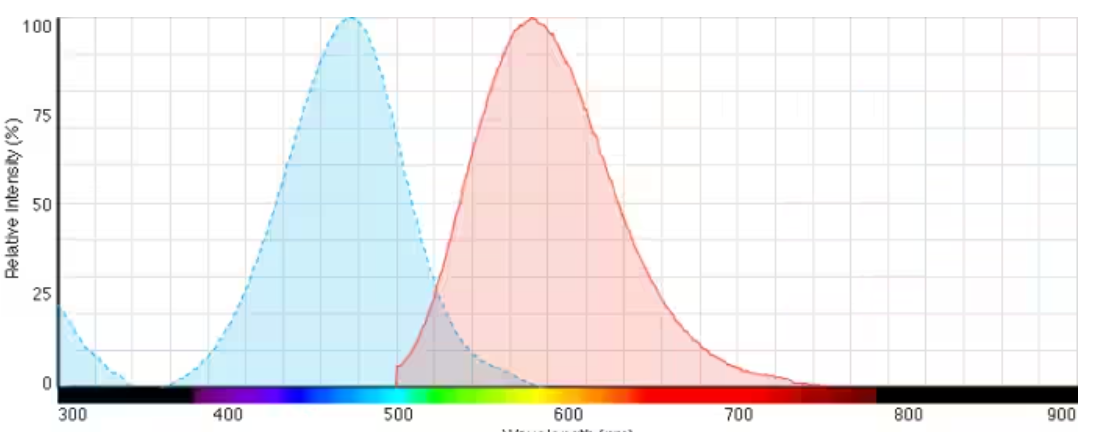
实验方法:
1. FM 1–43储存液(1000X):用水溶解FM1-43配制4mM储存液。按20μL每管分装保存在-20℃避光。如果希望标记后固定样本,选择FM 1–43。
2. HL-3 + 90 mM KCl溶液: 25 mM NaCl, 90 mM KCl, 10 mM NaHCO3, 5 mM HEPES,30 mM sucrose, 5 mM threalose, 10 mM MgCl2, pH to 7.2.新鲜制备,超过2d后不可使用,4℃保存。加入CaCl2(1M标准液)以得到终浓度为1.5mM的CaCl2(或希望使用的其他浓度)。
工作液浓度:
选用预热好的HBSS溶液,配制成 5-20 μM区间的FM 1-43 工作液。
1. 细胞染色(悬浮细胞染色)
1.1 通过离心收集细胞,然后加入 PBS 洗涤两次,每次5分钟。
细胞密度约在1×106/mL区间即可。
1.2 加入 1 mL FM 工作液,室温孵育约5-30 分钟。
1.3 400 g,离心 3-4 分钟,弃去上清。
1.4 加入 PBS 洗涤细胞两次,每次 5 分钟。
1.5 用 1 mL 无血清培养基或 PBS 重悬细胞后,使用荧光显微镜或流式细胞仪进行观察。
2. 细胞染色(贴壁细胞染色)
2.1 将贴壁细胞培养于无菌盖玻片上。
2.2 从培养基中移出盖玻片,吸除多余培养基。
2.3 加入 100 μL 染料工作液,轻轻晃动使其完全覆盖细胞,室温孵育约5-30 分钟。
2.4 吸去染料工作液,用培养基洗 2-3次,每次 5 分钟 ,使用荧光显微镜或流式细胞仪进行观察。
案例:
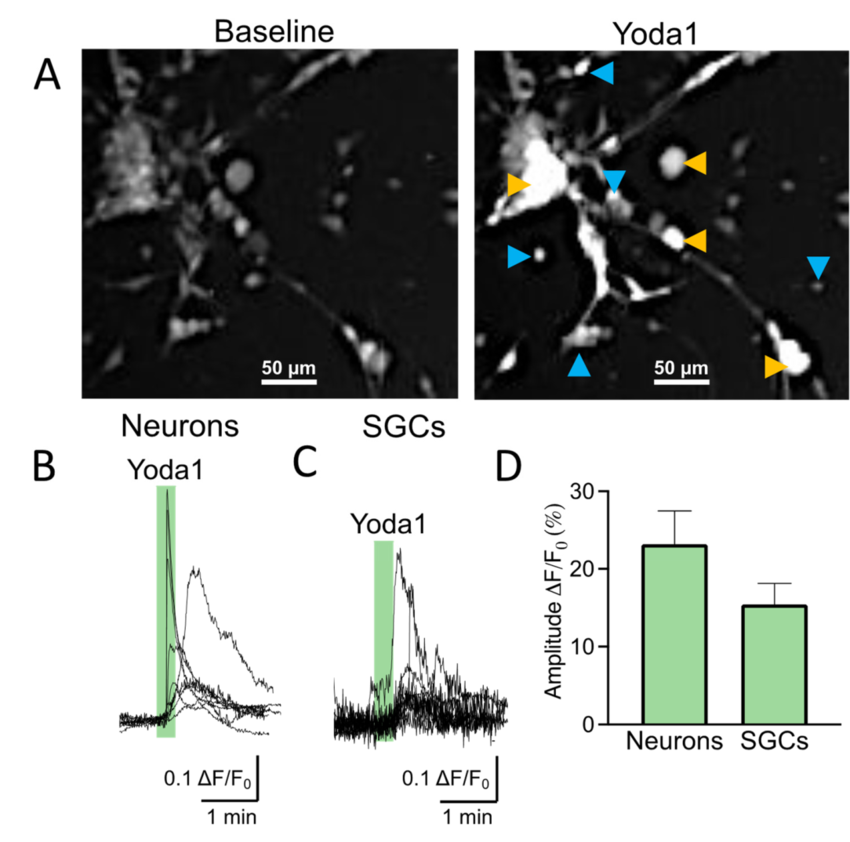
Live imaging shows that Piezo1 channels are functionally expressed on SGCs and neurons. (A). Fluorescent snapshots of 2DIV mouse trigeminal culture showing SGCs (blue arrows) and neurons (yellow arrows). The snapshots have been taken after 20 min of incubation with Fluo-4 AM. The left frame represents the trigeminal culture during baseline. The right frame shows cell activation after the application of 5 μM of Yoda1. Scale bar-50 μm. (B). Sample traces of calcium transients in trigeminal neurons induced by 5 μM of Yoda1 (n = 9). (C). Sample traces of calcium transients in trigeminal SGCs induced by 5 μM of Yoda1 (n = 12). (D). Statistics of the percentage of increased fluorescence intensity normalized to baseline in neurons (n = 9) vs. SGCs (n = 12) treated with 5 μM of Yoda1. There is no difference in Yoda1 responses among the different cell types (unpaired t-test, p = 0.120).
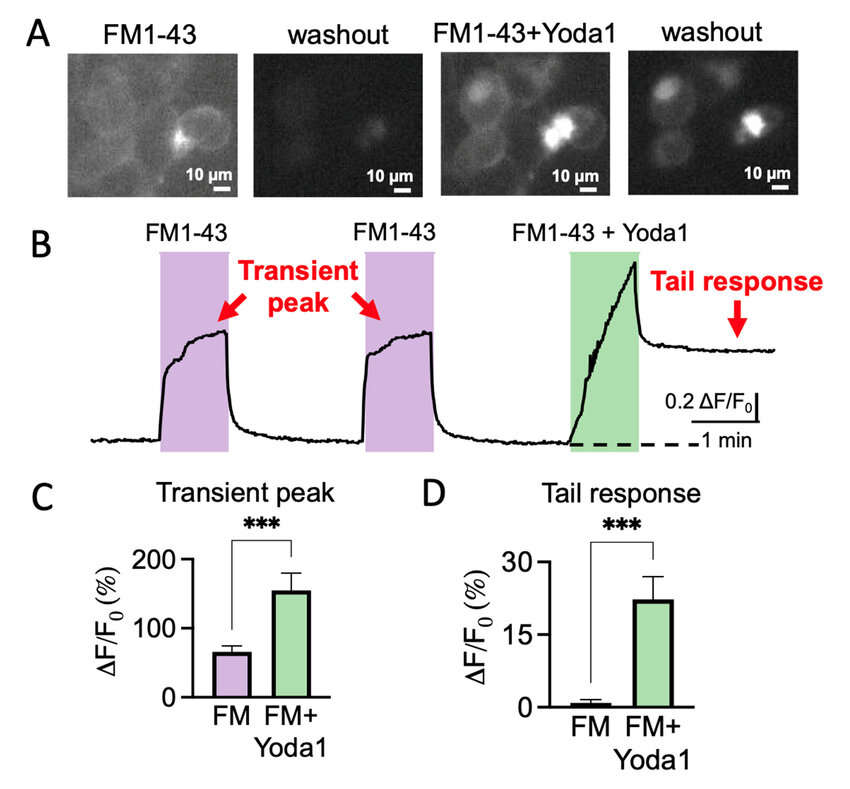
FM1-43 remains trapped after application of the Piezo1 agonist Yoda1 in Piezo1-transfected HEK cells. (A). Fluorescence snapshots of Piezo1-transfected HEK cells after 1 min application of 2 μM of FM1-43 (1st frame), during washout following only FM1-43 application (second frame). The third frame is captured at the top of 2 μM of FM1-43 + 25 μM of Yoda1 treatment (transient peak), followed by washout (fourth frame), where the dye remained trapped (tail response). Calibration bar-10 μm. (B). Sample trace of fluorescence intensity variations induced by double application of 2 μM of FM1-43 and following 2 μM of FM1-43 + 25 μM of Yoda1 for Piezo1-transfected HEK cells. Important elements in order to understand the outcome of the experiment are the transient peak, showing a treatment-induced acute response, and the tail response, addressing the long-lasting dye internalization. (C). Statistics of the percentage of increased fluorescence intensity of the transient peak increase in different cells when 2 μM of FM1-43 + 25 μM of Yoda1 are applied, compared to only 2 μM of FM1-43 (paired t-test, *** p < 0.001). (D). Statistics of the percentage of increased fluorescence intensity of the tail response (baseline) increase in different cells when 2 μM of FM1-43 + 25 μM of Yoda1 are applied, compared to only 2 μM of FM1-43 (paired t-test, *** p < 0.001).
| 产品说明 | |
| Introduction | |
| Application1 | |
| Application2 | |
| Application3 |
- 相关产品
-
< >
- 推荐产品
-
< >
- 最新产品
-
< >
新闻
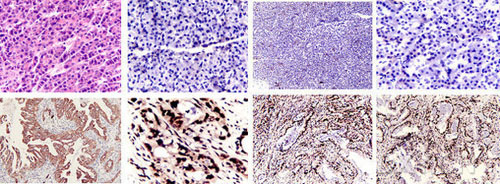
怎么做细胞爬片免疫组化染色实验
细胞爬片免疫组化染色,是通过细胞爬片是让玻片浸在细胞培养基内,细胞在玻片上生长,主要用于组织学,免疫组织化学...
2020/7/20 22:04:33
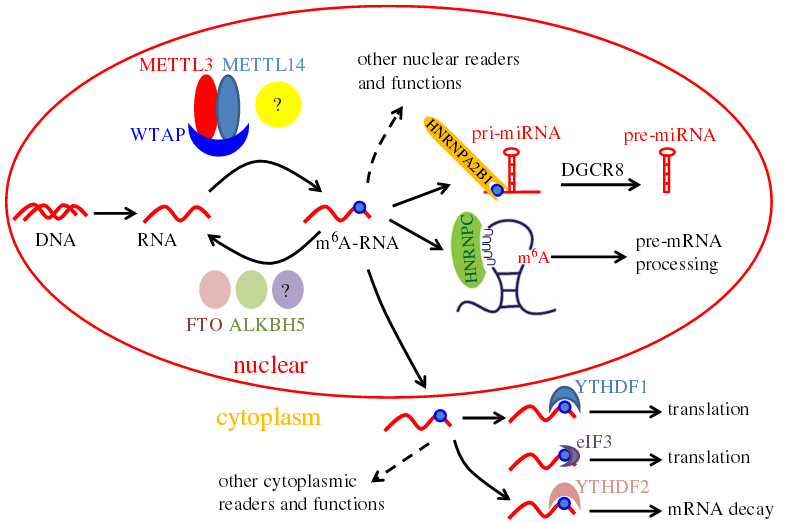
提取病毒RNA的实验方法
提取病毒RNA方法分别有:异硫氰酸胍的提取病毒RNA方法、TRIzol LS提取法、Trizol法提取法等等...
2020/7/22 20:29:26

chelex 100树脂国产替代之路-BIOFOUNT范德生物
Chelex 100螯合离子交换树脂对铜、铁和其他重金属?的偏好显著高于对钠、钾等一价阳离子的偏好。它对二价...
2025/11/4 14:22:46
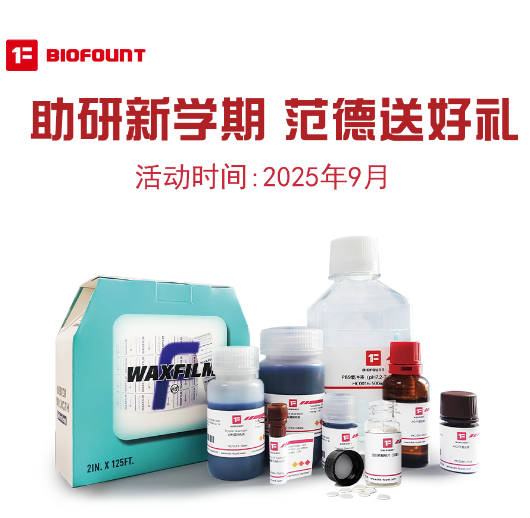
9月开学季——助研新学期 范德送好礼
2025/8/28 15:30:55

Waxfilm 实验室封口膜:技术与国际市场的双重突破
在实验室耗材领域,封口膜是保障实验准确性与稳定性的关键产品之一。近年来,Waxfilm?实验室封口膜凭借其卓...
2025/5/13 13:03:40
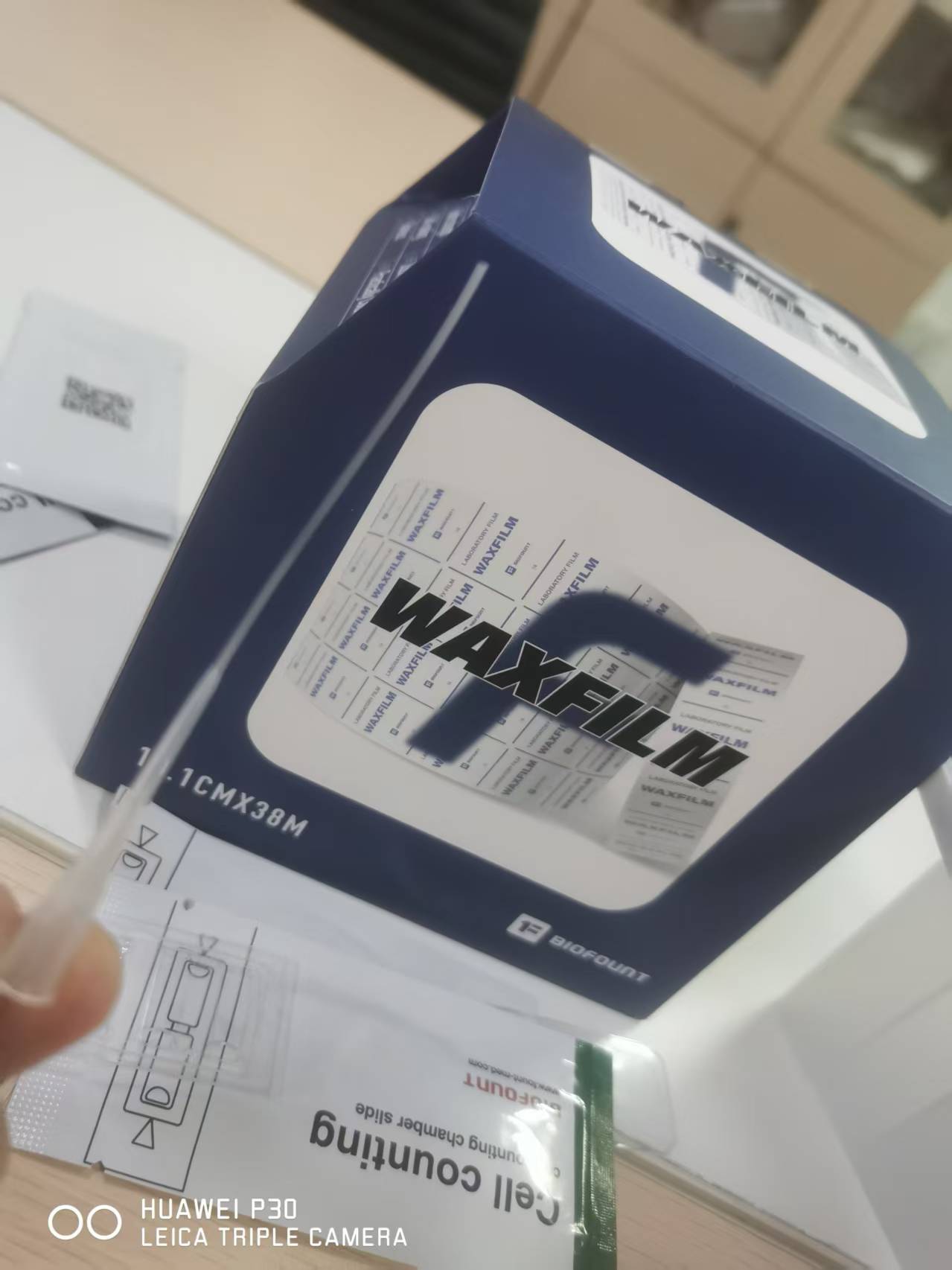
Waxfilm实验室封口膜的5大突破
Waxfilm实验室封口膜作为生物功能膜领域的国产技术突破和品牌突破,是生物领域中国技术发展的缩影。
2025/5/6 17:02:07

各种微流控芯片键合方法的优缺点
微流控芯片键合:目前主要有激光焊接、热压键合、胶键合、超音波焊接,每种方法都有各自的优缺点。本文主要介绍聚酯...
2023/7/28 10:43:09
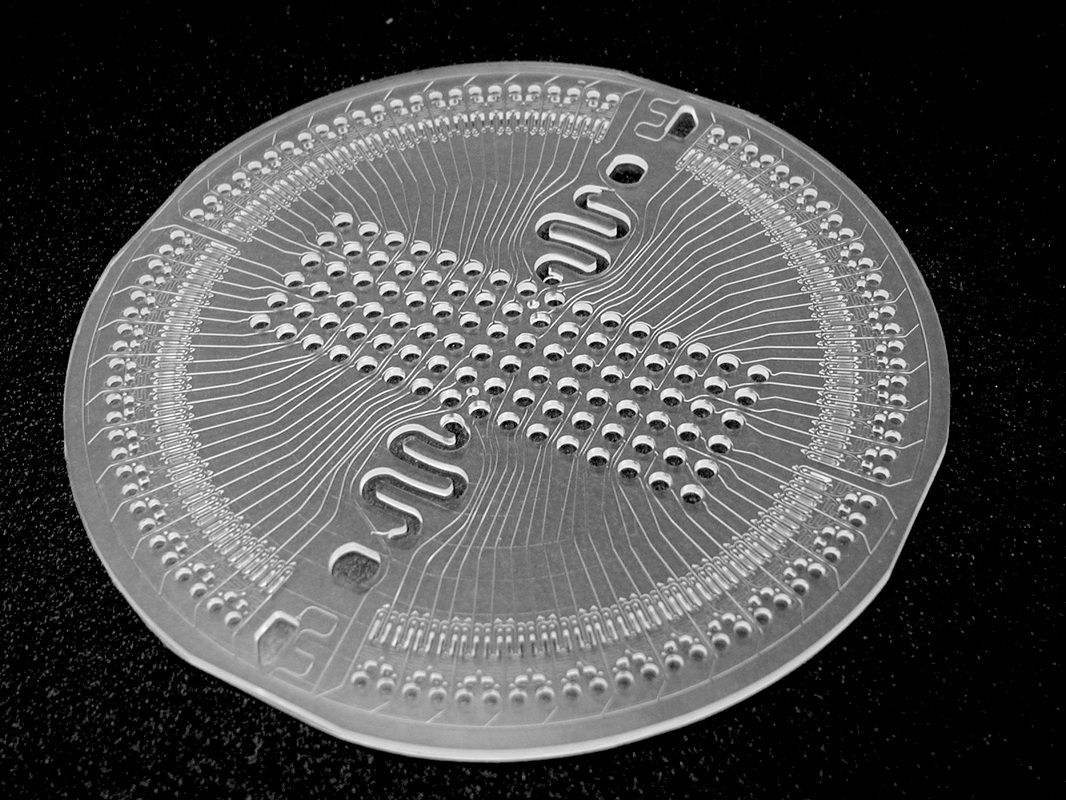
新一代微流控键合解决方案
微流控键合解决方案:微流控芯片制造的一个重要环节,也是最容易被忽视的--芯片键合。其中一个重要因素是:微流控...
2023/7/27 12:44:28

荧光素钾盐使用说明
D-荧光素钾盐(K+)设计用于体外和体内生物发光测定。D-荧光素的质量和纯度对于获得良好和可重复的结果至关重...
2023/7/20 11:05:11
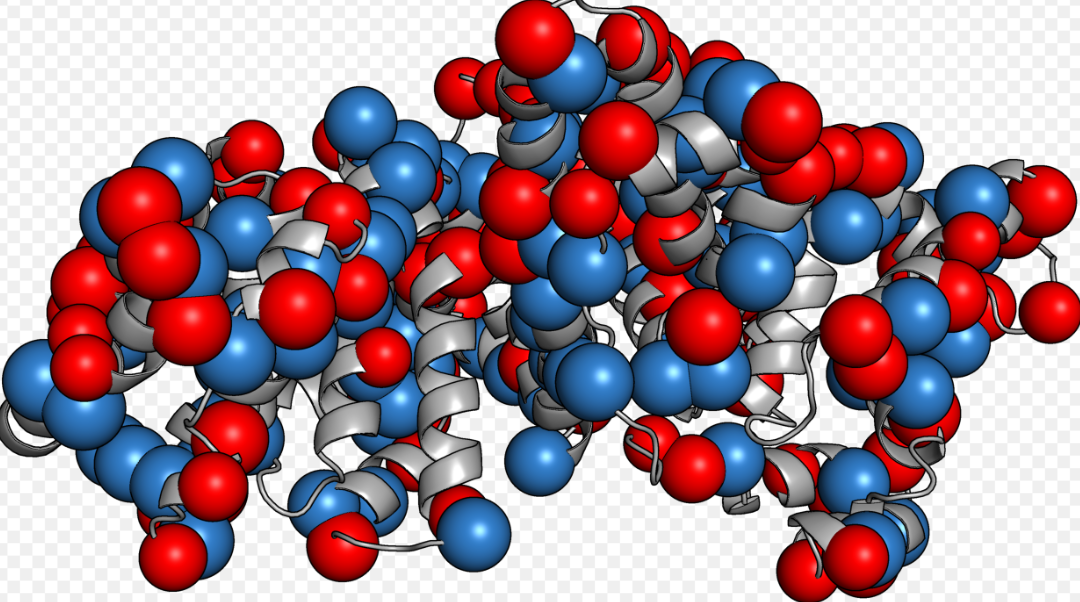
如何选BSA(牛血清白蛋白)
如何选BSA(牛血清白蛋白):牛血清白蛋白(BSA)有多种形式,如何选择适合自己的牛血清白蛋白(BSA)是一...
2023/2/14 13:09:18




 购物车
购物车 



